At the Bauhaus, the various fine and applied arts were integrated and equally valued.
1919–1933 C.E.

At the Bauhaus, the various fine and applied arts were integrated and equally valued.
1919–1933 C.E.
The Bauhaus was an art and design school in Germany whose importance is astonishing given its very brief and tenuous existence.
We're adding new content all the time!
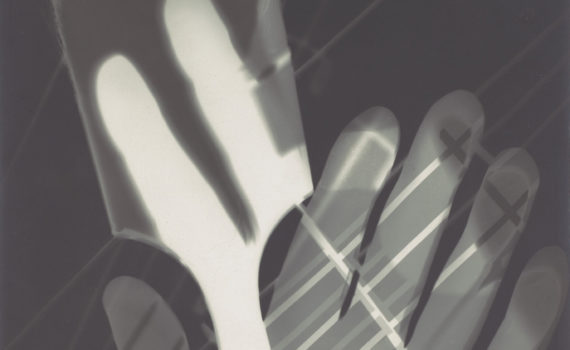
László Moholy-Nagy's Photogram forces the viewer to question what a photograph is.

For Bauhaus designers, beauty was achieved through careful choices of materials, proportions, textures, and colors for the functional features of the objects.

“The Bauhaus believes the machine to be our modern medium of design and seeks to come to terms with it.”
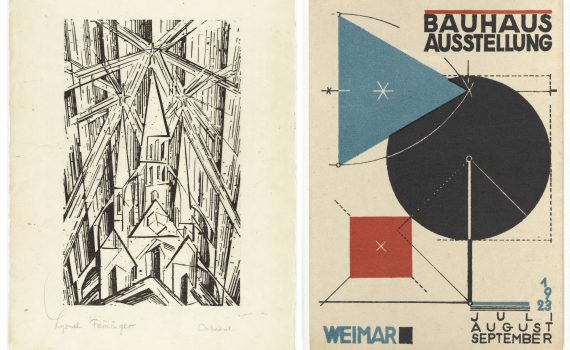
Today, Bauhaus designs are so familiar and so simple that they don’t seem to have required a designer, but they were as radical in their time as they are commonplace now.
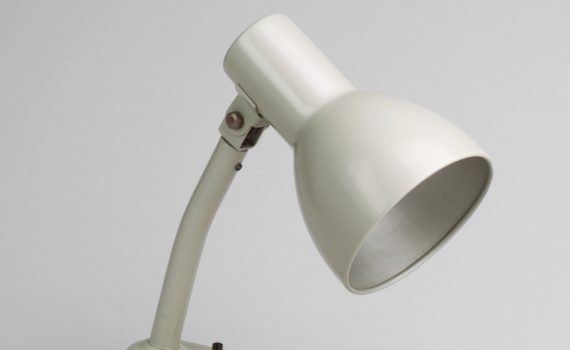
When female applicants at the Bauhaus threatened to equal or even outnumber male applicants, the masters at the school agreed to channel women into the pottery, bookbinding, and weaving workshops.

Moholy-Nagy claimed to create these objects without touching them or even seeing them—how does that work?
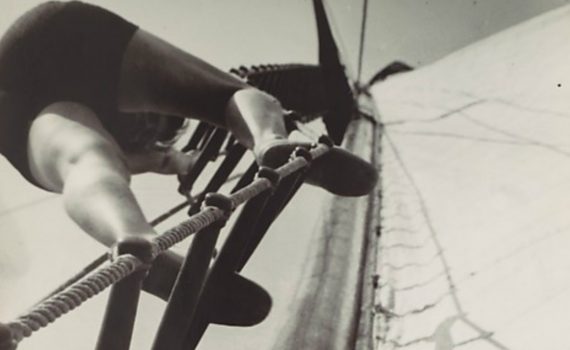
A worm’s eye view: this photograph upends our expectations, helping us think more deeply about seeing.

Klee playfully evokes sound, energy, and motion with these mischievous birds—all in two dimensions.

This woodcut embodies the hopes of the Bauhaus, a new German school for craft and architecture.
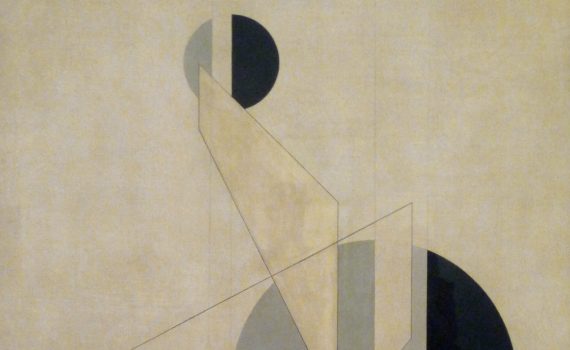
Moholy-Nagy influenced the Bauhaus in its shift toward industrial aesthetics and materials.

Curated Guides are collections of Smarthistory videos and essays curated and organized by leading scholars into strategic pathways for learning and teaching. Check out the 3 types of guides: The Basics, Syllabi, and Thematic Series!
Curated Guides are part of an ongoing effort to make Smarthistory even more useful for educators and learners everywhere. Stay tuned for more updates!